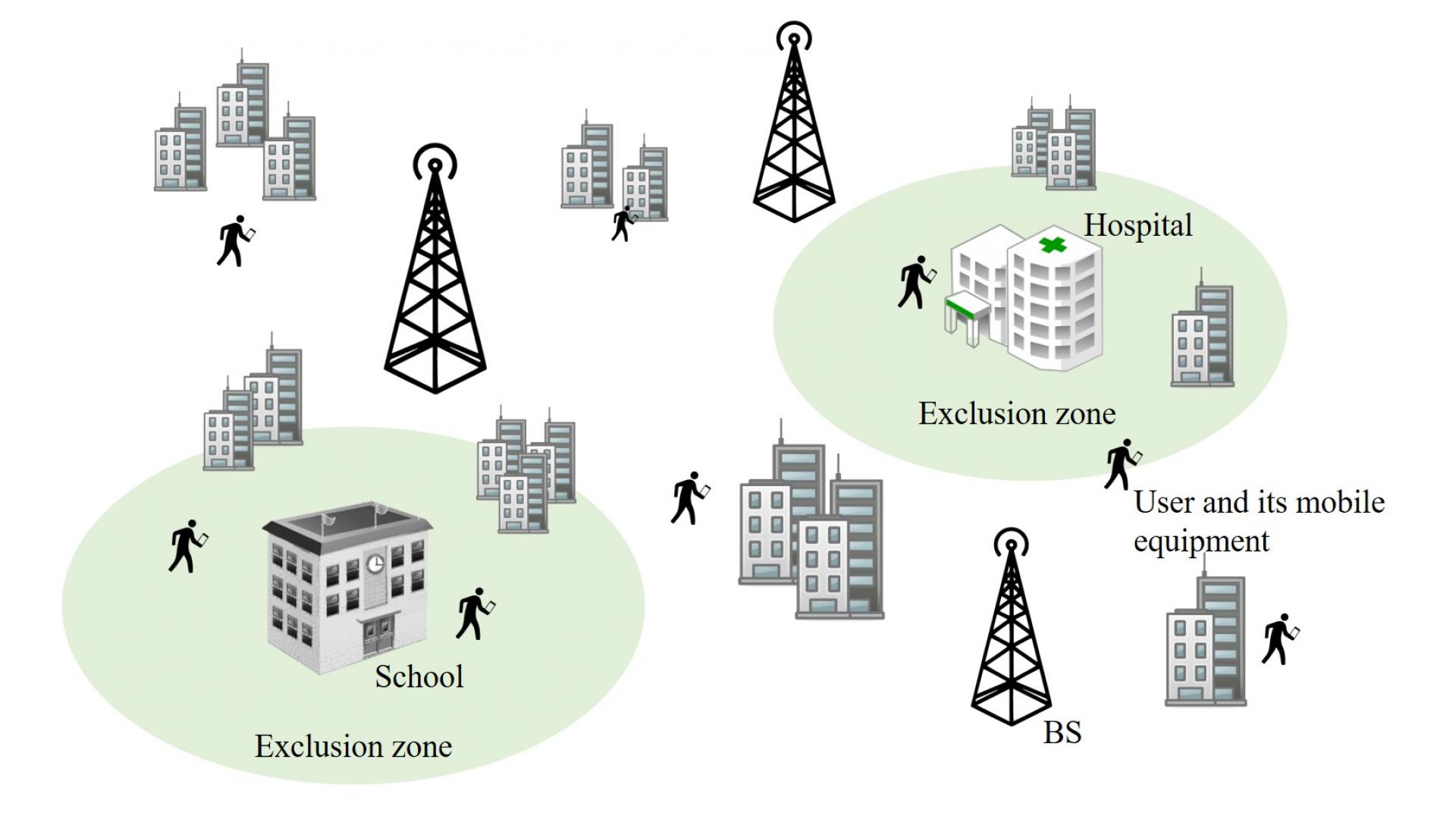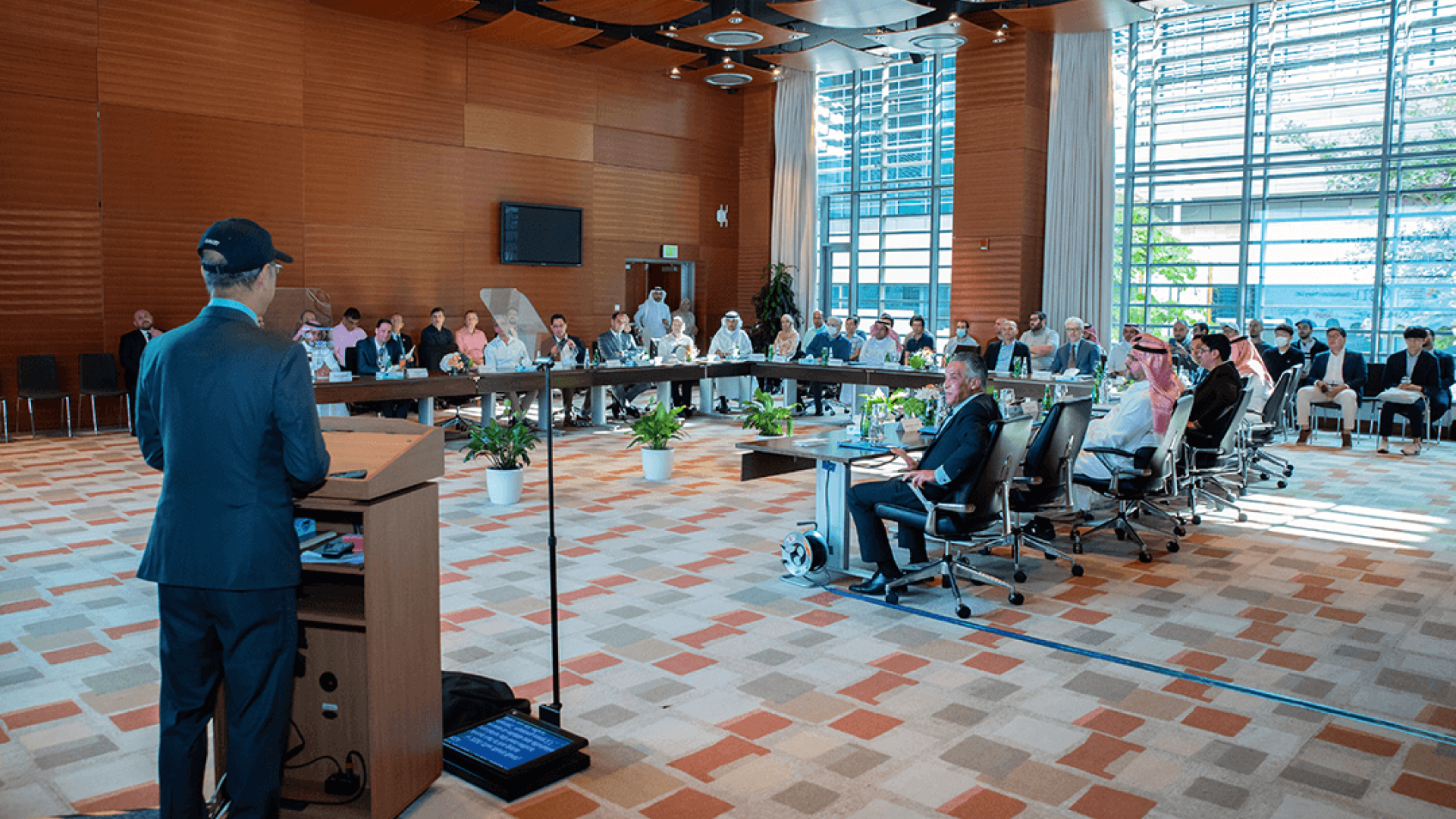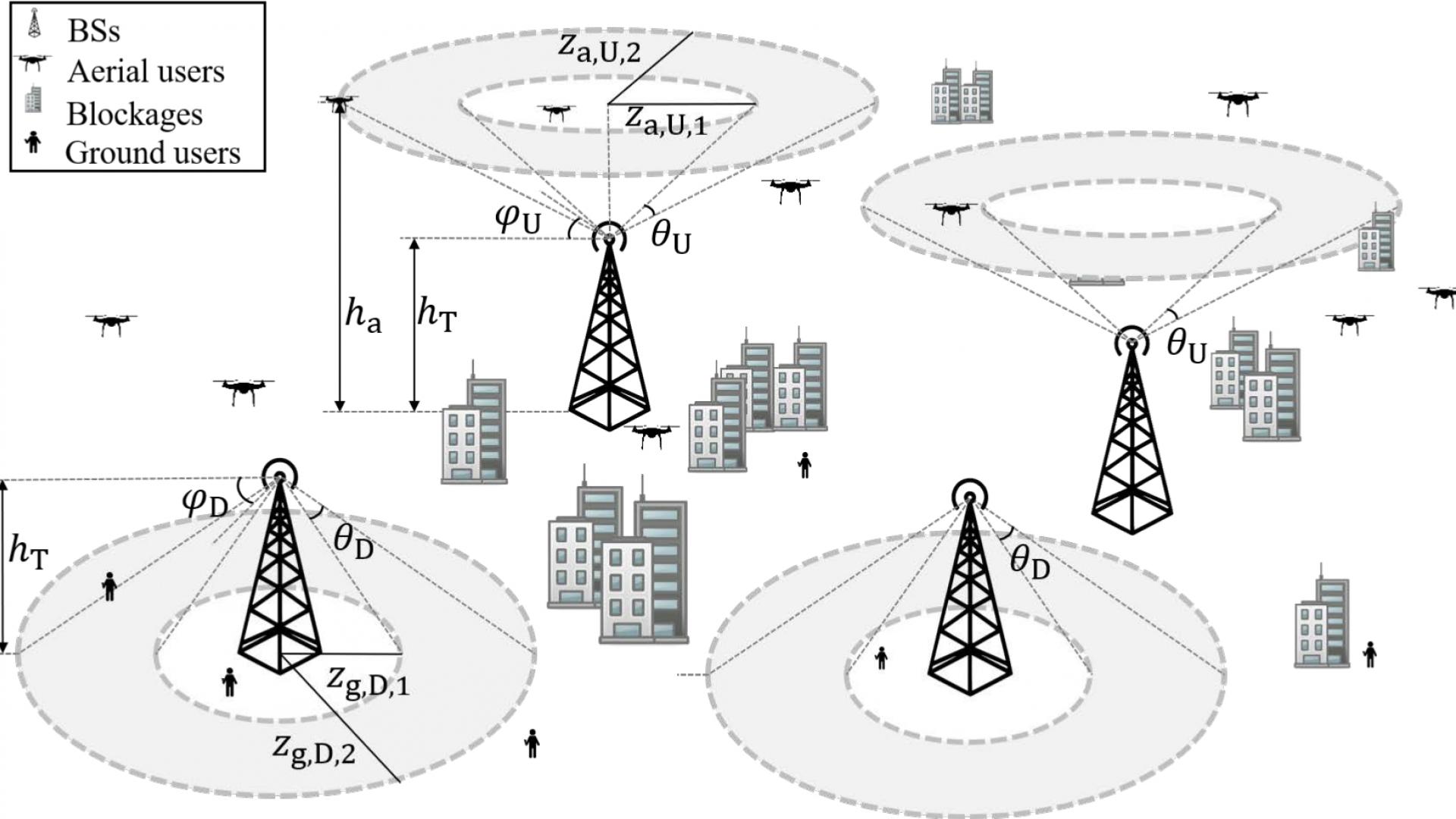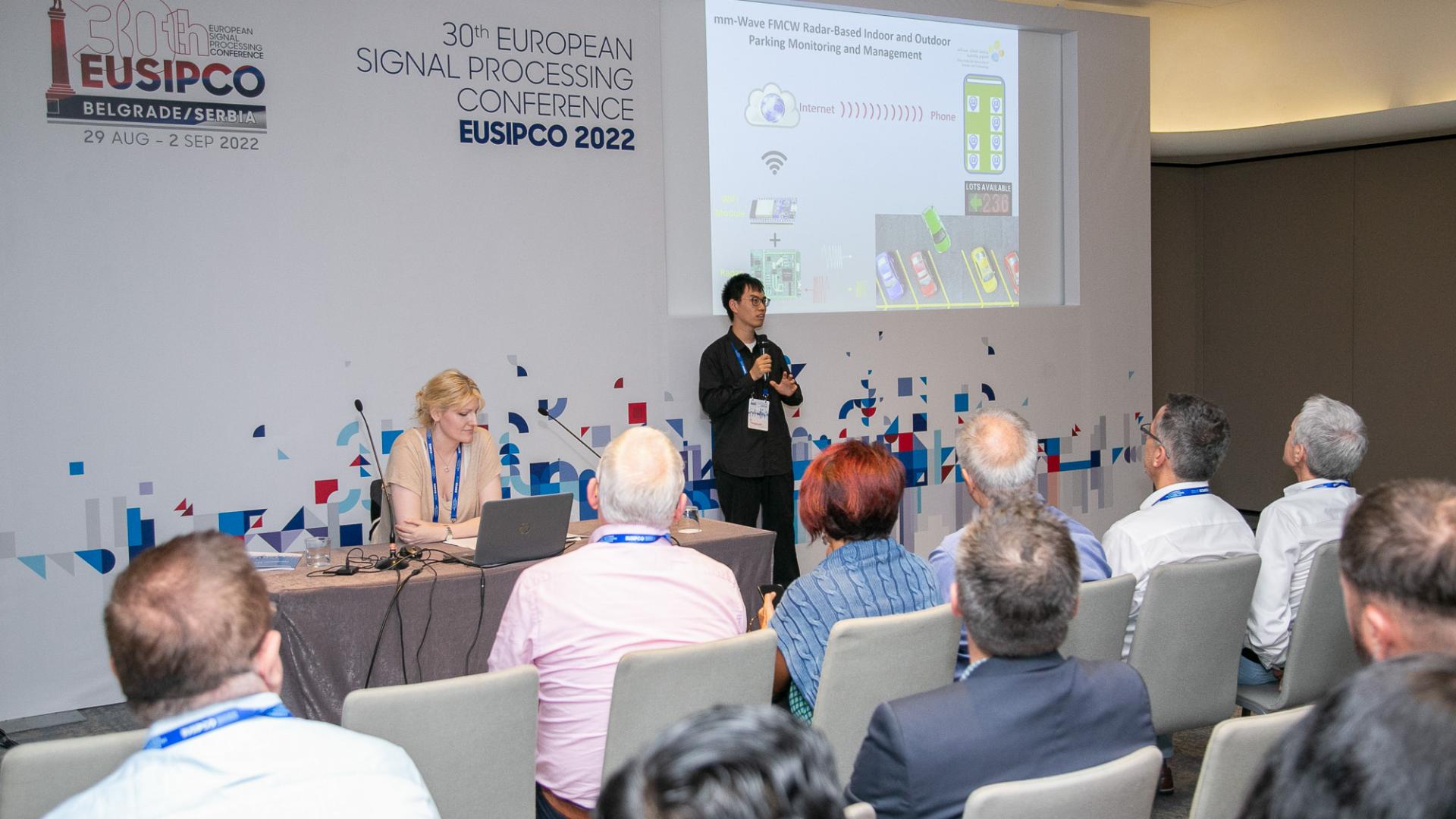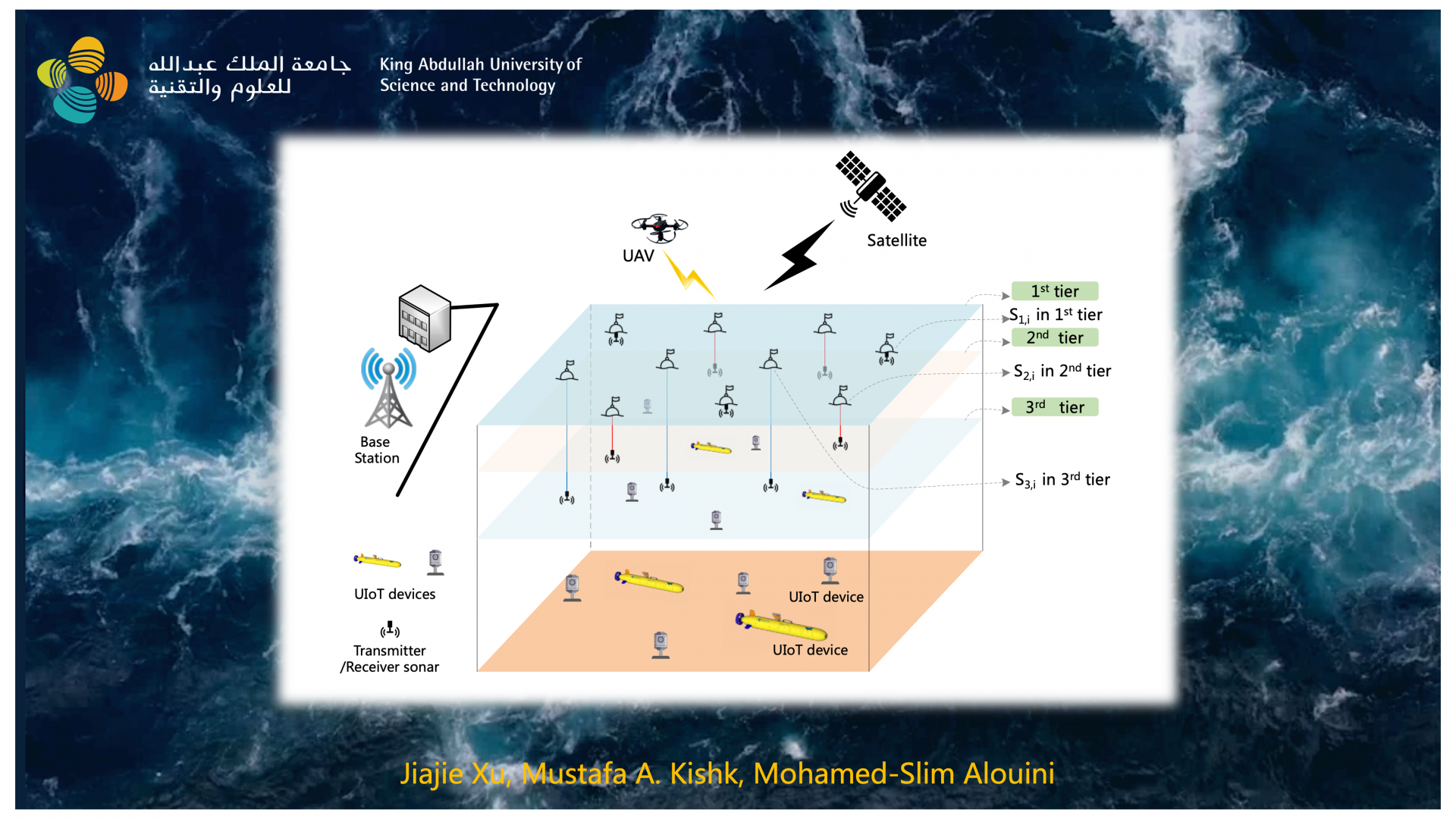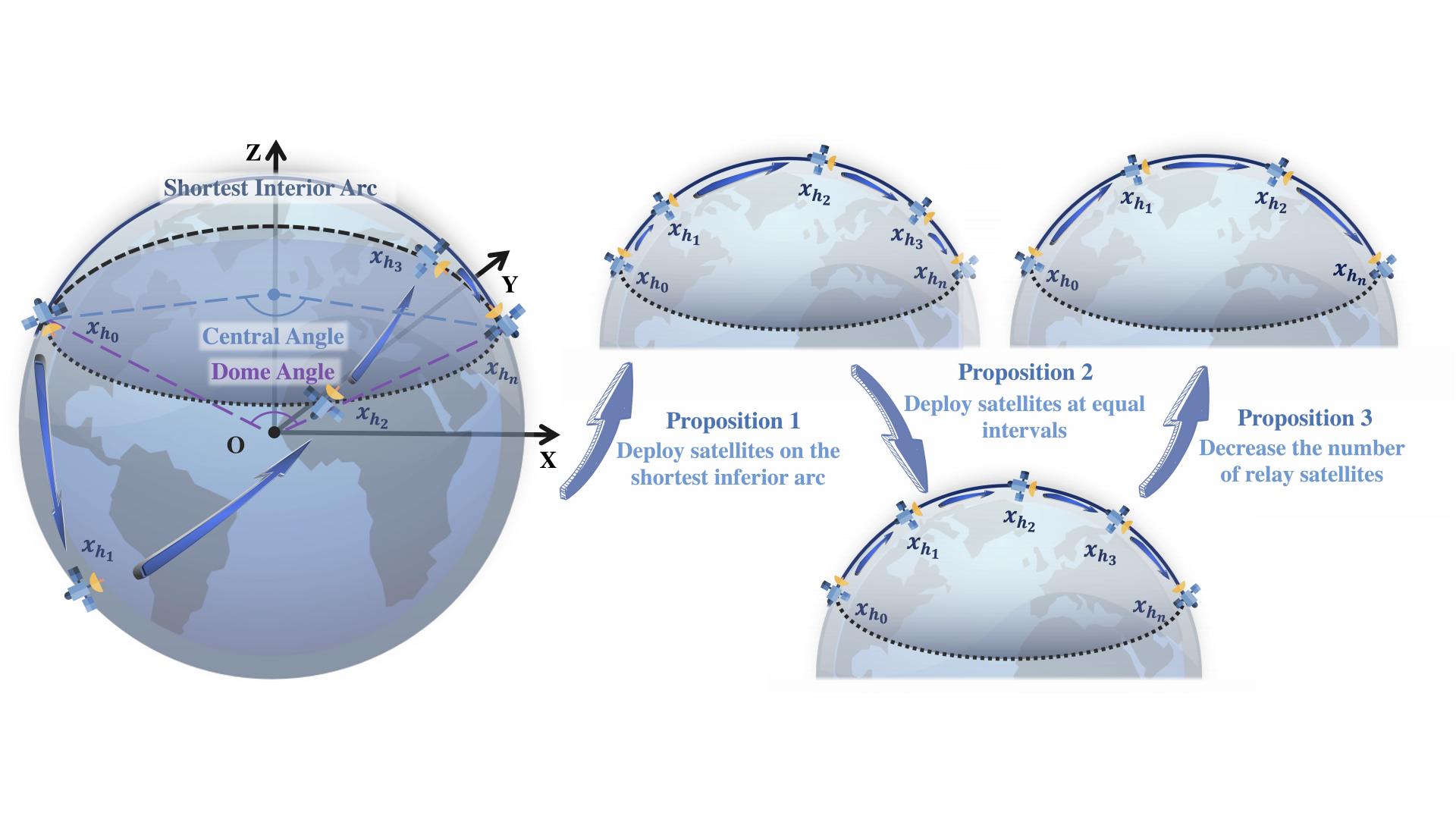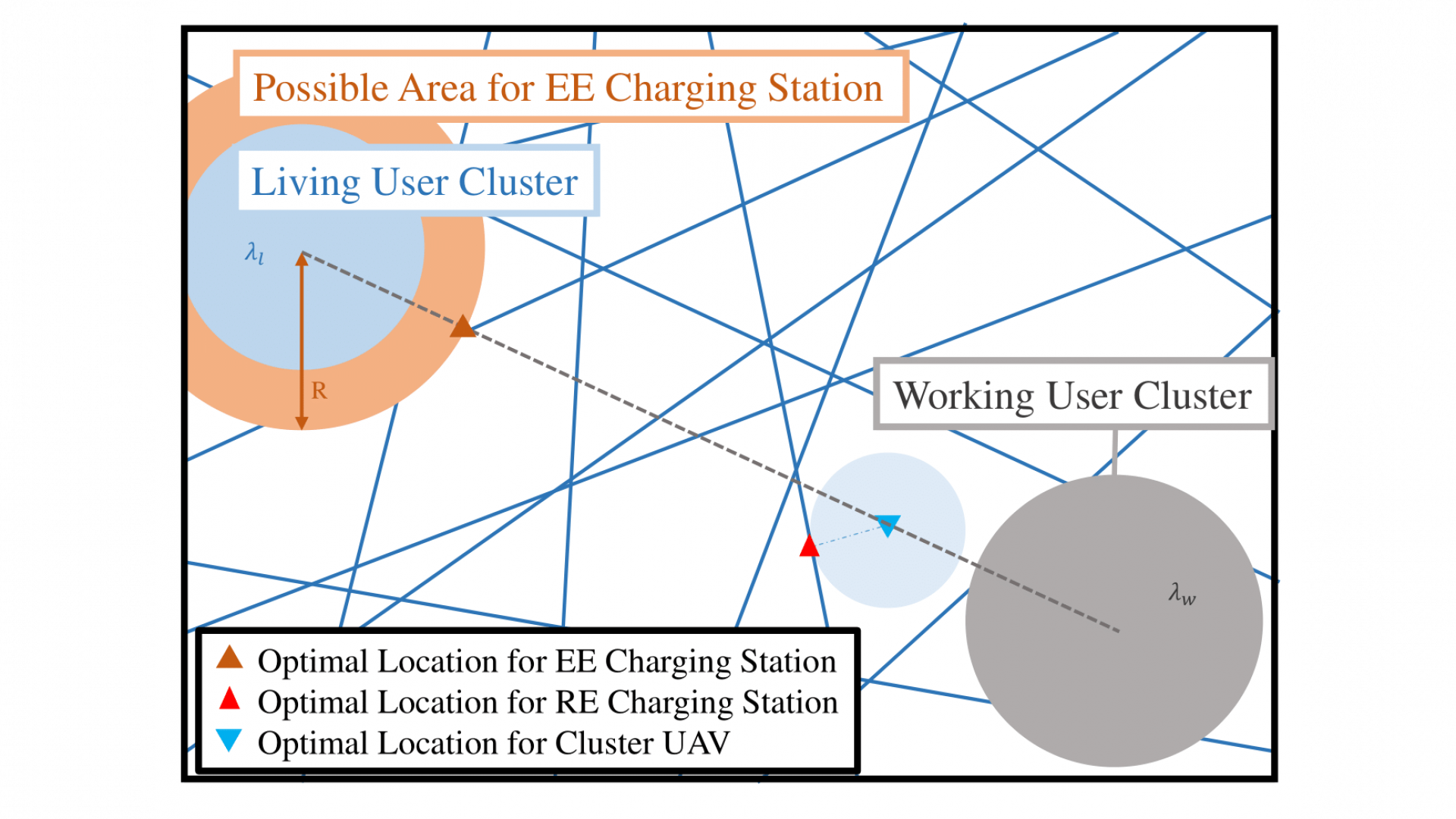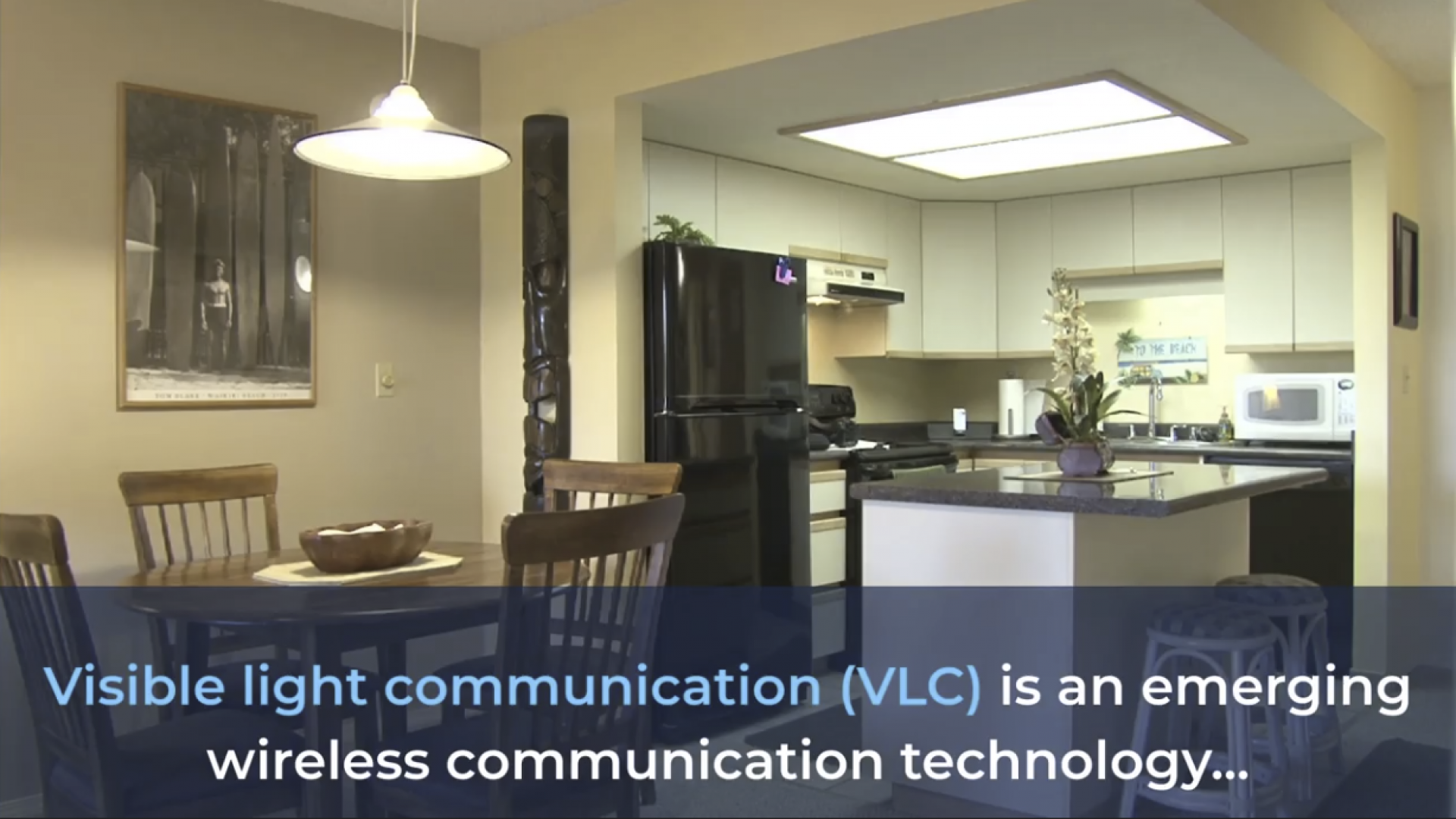Installing more BSs into the existing cellular infrastructure is an essential way to provide greater network capacity. However, a non-negligible amount of the population is concerned that such network densification will generate a notable increase in exposure to EMF.
By David Murphy
The research work of KAUST Ph.D. student Rawan Alghamdi was announced as the runner-up prize winner in the IEEE Competition on Non-Terrestrial Networks (NTN) Beyond 5G and 6G, as part of the "Connecting the World from the Skies" Forum.
King Abdullah University of Science and Technology (KAUST) today announced it will bring high speed, reliable community Wi-Fi service to the community thanks to innovative, low-cost radio technology.
Once again, KAUST faculty are strongly represented on the 2022 list of Highly Cited Researchers, published by Clarivate. A global leader in academic research analytics, Clarivate annually produces a list of individuals whose work accounts for the top 1% of the research cited worldwide.
In recent years, aerial transportation has seen unprecedented advances since the terrestrial traffic congestion and the constraints of public transportation infrastructure. To become a reality, it is important to provide a strong and reliable connection for aerial users.
Duc Minh Nguyen, a Ph.D. candidate in the Communication Theory Lab (CTL), has been selected as one of ten representatives from Europe, Middle East, and Africa (EMEA) region to participate in the Young Professionals Summit in London, in November 2022.
Yingquan Li, PhD student in the Communication Theory Lab (CTL), participated in the EUSIPCO 2022 3MT Contest on August 30, 2022, in Belgrade, Serbia.
Underwater acoustic communication networks (UACNs) are considered a key enabler to the underwater internet of things (UIoT). UACN is regarded as essential for various marine applications such as monitoring, exploration, and trading. However, a large part of existing literature disregards the 3-dimensional (3D) nature of the underwater communication system.
In recent years, we have witnessed the booming development of low earth orbit (LEO) satellite networks. In terms of low latency and ultra-long distance communication, the LEO satellite network has excellent advantages over ground networks and high orbit satellite networks.
While the fifth-generation cellular (5G) is meant to deliver Gigabit peak data speeds, low latency, and connect to billions of devices, and 6G is already on the way, half of the world population living in rural areas are still facing challenges connecting to the internet.
The Sixth Generation (6G) of mobile networks is expected to be a game-changer in the telecom industry with applications and services such as enhanced mobile communications, increased indoor positioning accuracy, holographic telepresence, tactile communications, extended reality, and worldwide connectivity.
This work explores the outage performance of two-way hybrid visible light communication/radio frequency (VLC/RF) communication systems using an overlay mode of cooperative cognitive radio network.
Visible light communication (VLC) is a promising technology for 6th-generation (6G) networks because of its attractive feature such as a wide unlicensed spectrum. However, the modulation bandwidth of lens of commercially available light-emitting diode (LEDs), which are used in optical wireless data links, is limited.
